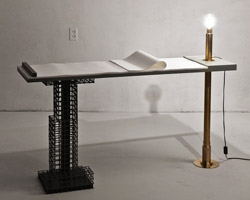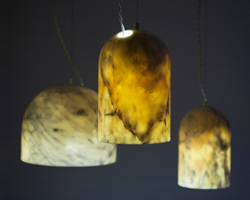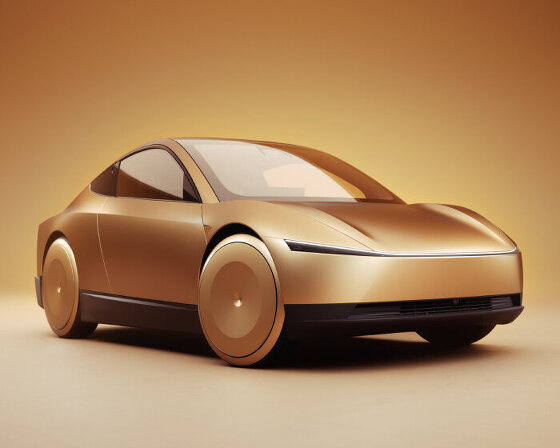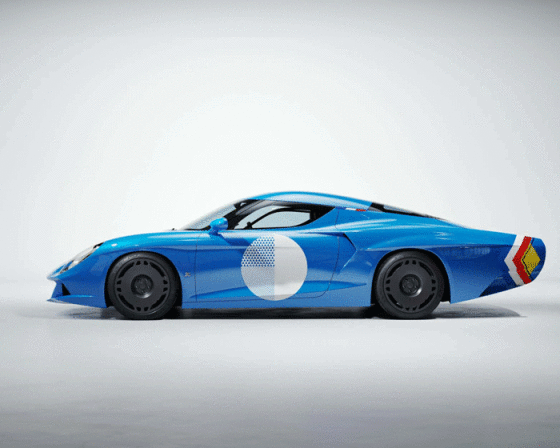KEEP UP WITH OUR DAILY AND WEEKLY NEWSLETTERS
PRODUCT LIBRARY
using a model from 1990s, the trio turns the vehicle into an automotive art piece with boom boxes on the removable roof.
tesla plans to begin production of the fully autonomous taxi over the next two years.
connections: +1170
in an interview, andrea zagato and marella rivolta zagato discuss their timeless art of coachbuilding in an evolving automotive industry.
connections: +920
in an interview with designboom, the french designer explores the design process and influences of the electric restomod, joined by renault’s sandeep bhambra.
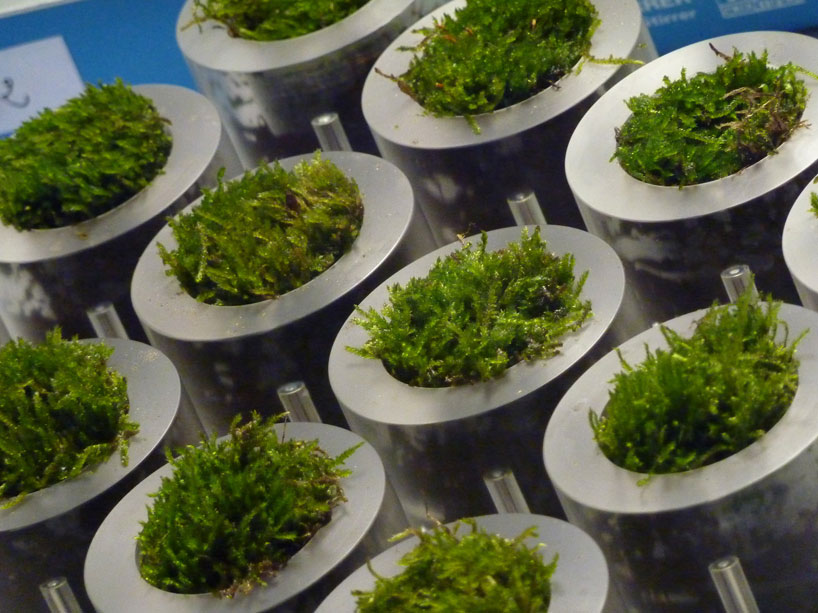
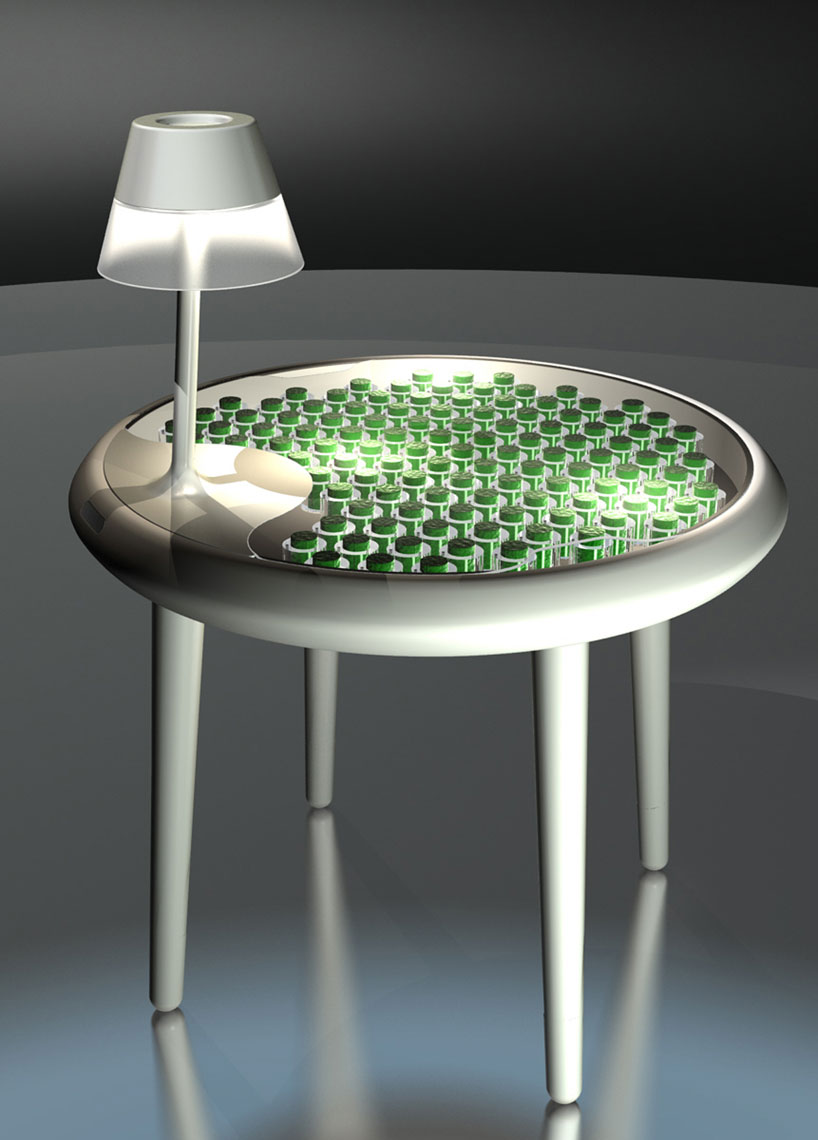 ‘moss table’
‘moss table’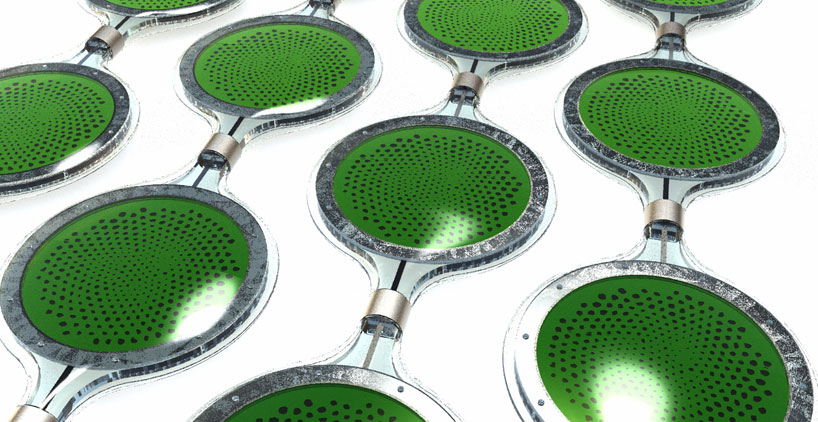 a design of BPV solar panels for home use
a design of BPV solar panels for home use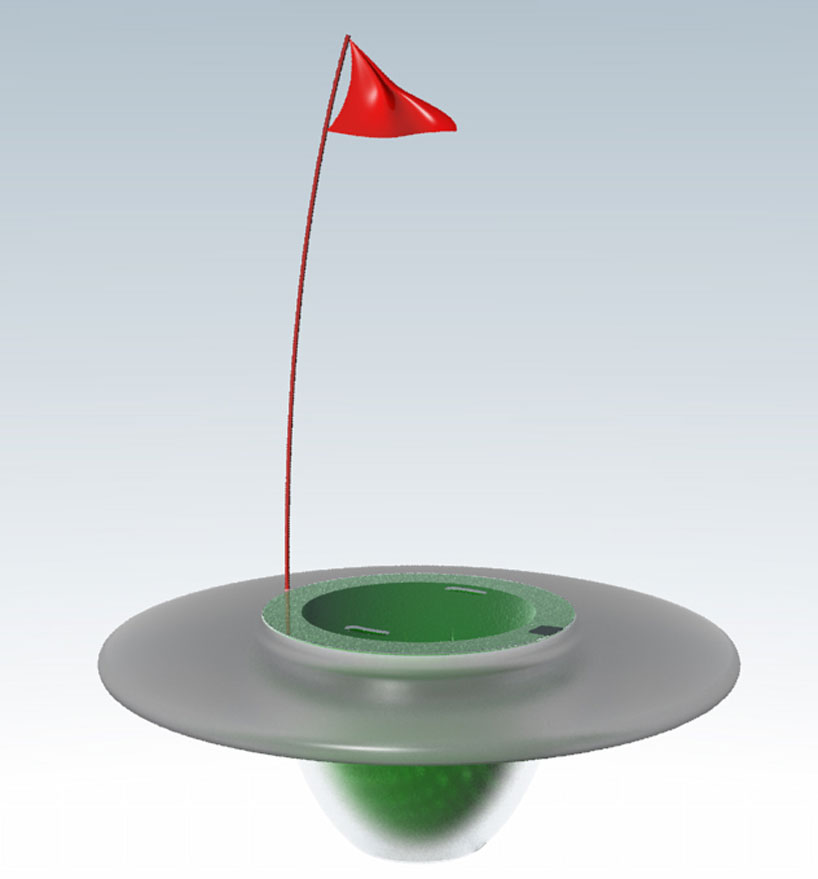 a floating BPV generator, designed to harvest desalinated water
a floating BPV generator, designed to harvest desalinated water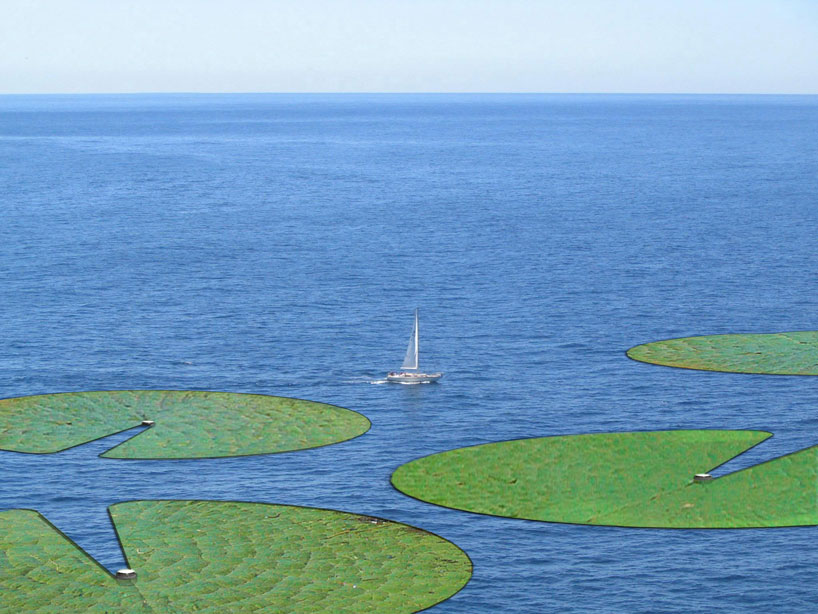 these algae-coated floating ‘lily pads’ function as a biophotovoltaic power station
these algae-coated floating ‘lily pads’ function as a biophotovoltaic power station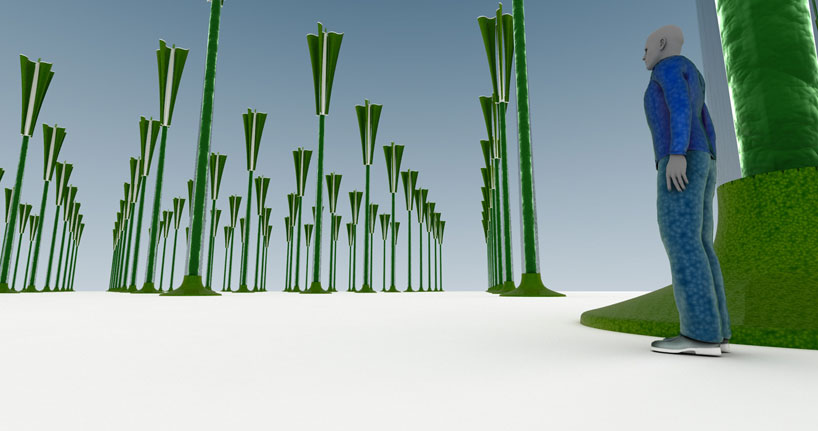 visualization of algae-coated masts that draw water from underground to feed the organisms, making the system self-sufficient
visualization of algae-coated masts that draw water from underground to feed the organisms, making the system self-sufficient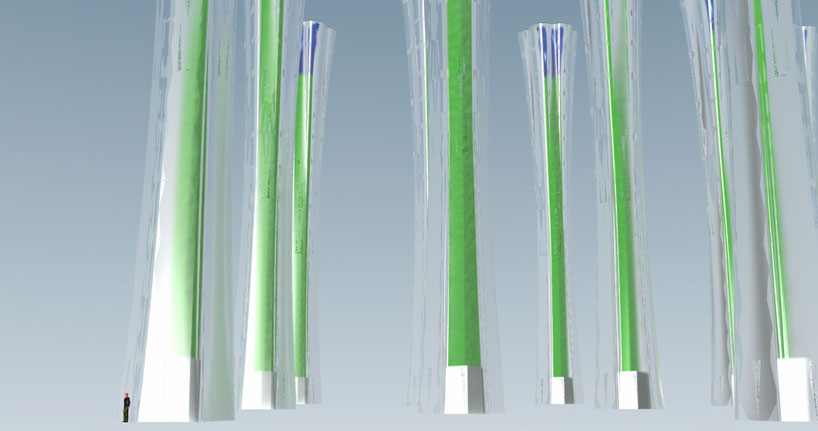 in this alternative example, BPV masts harvest rain water to feed the algae
in this alternative example, BPV masts harvest rain water to feed the algae